[Train the Kenyan Way Blog Series]
If you read our previous article on this topic (find it here if not) you’ll know that fartlek sessions can make a great addition to your training program and if done correctly can lead to real improvements in your running. But knowing what session to do and how to do it can be difficult, so I wanted to follow up that article with something a bit more practical. Here is my guide to fartlek running with plenty of examples you can try out as part of your own training.
What does fartlek running achieve?
First up, a quick summary of what we looked at last time. Fartlek running has a number of benefits and can achieve different things depending on what session you do. In general it is used to improve your body’s ability to cope with and clear lactic acid accumulation in the muscles and in shorter faster sessions increase your VO2max. Shorter faster sessions can also be used to improve your speed and running economy – fantastic for shorter races of 5km or below. The challenging nature of fartlek running also makes it one of the best types of workout for testing and developing your mental strength, a quality that plays a huge role in all levels of endurance running and a mainstay of what makes Kenyan runners so good.
How to do fartlek running correctly.
The key difference between basic intervals or repeats and fartlek running is that you are not giving yourself a stationary recovery but rather slowing down to an easier or steady pace of running between the efforts. This means that your body must recover ready for the next hard effort while still maintaining a good running speed and an elevated heart rate. This is more specific to race conditions where you essentially have to ‘recover’ all the time in order to continue maintaining your race speed. You should aim to run the hard efforts in such a way that you are able to maintain a steady pace during the ‘easy’ sections as opposed to dropping right off to a slow jog. This is easier said than done but the key is to stay relaxed and controlled during the efforts and to remember that in a fartlek run the recovery is part of the workout too – an important part at that! As you practice fartlek running you will become more aware of your bodies limits and know what pace you are capable of running your efforts and recoveries.
I asked Gavin, who was Assistant Coach to Abel Kirui when he won his World Marathon titles and Olympic Silver Medal for his views on fartlek:
“For me personally, and with athletes I have coached, fartlek is integral to the training. I like to think of it as a hybrid between an interval session and a tempo run. Although it is speed work, I am more concerned by the overall pace than the pace of the fast sections in isolation. We would use the typical Kenyan style fartlek in the early build-up phase – the classic 25×1 on 1 off for example. Then Canova style ‘Specific Fartlek’ before key races. Stuff like 3km or 4k on, 1km off.
If you want the workout to be more endurance based, keep the recovery pace faster. For a more speed orientated workout ease off the gas on the recovery and push the hard sections. Just set the watch to beep and run, don’t overthink the exact paces!”
How should fartlek running fit into my program?
Beginner runners who are aiming to improve should consider doing 1 or 2 hard sessions each week with some easy runs in between, while experienced or elite athletes might do 2 to 4 hard sessions each week depending on the time of year. Fartlek running can be used as one of your ‘hard workouts’. It’s easy to do as a group or on your own and it can be done pretty much anywhere, you don’t need a track or a treadmill or even a watch (although that might come in handy for some of our suggested sessions). Fartlek running is a great tool to use when you want a hard workout which can be very race specific but without the added pressure of having to hit certain splits or times. It can be very mentally challenging to push your body without knowing exactly what pace you should be hitting or where the finish line is but in many respects, that is the beauty of it and indeed one of the benefits of fartlek running. You have to have real confidence in yourself to not push too hard.
Fartlek Examples:
As Coach Renato Canova says “Your training is limited only by your imagination” and there are endless possible combinations of fast/slow which coaches and athletes can use to create a fartlek workout.
Below is a table of my favourite fartlek sessions split into different event groups and experience levels. This is followed by some of the common fartlek sessions used by Kenyan athletes in Iten
As you will see, amongst Kenyan runners, the more simple approach is the most popular. My Kenya Experience colleagues Gavin and Myles also regularly run these types of ‘basic’ fartlek runs here in the UK with great results, (notice a recurring theme here regarding Kenyan approach to running?? Hint… Mental toughness/simplicity/rest/teamwork) My own preference is sometimes to use more combinations and sometimes more than 2 basic speeds within the run (see the table for examples) At the end of the day there are numerous ways to train as a distance runner and these are just some of the possible options.
Before all of the example workouts ensure you do a good warm up, something similar to your usual warm up for a track session. 10-15minutes easy jogging, plus some drills, dynamic stretching, and 4-5 strides is a good place to start.
There are endless combinations of times, paces and terrains you can use to make your fartlek training interesting and varied. Providing these combinations are targeted towards achieving your desired goal you can’t go far wrong.
In Iten, fartlek running is considered an important part of a distance runner’s training program and for many of the athletes based there the Thursday morning group fartlek is a staple part of their weekly routine. Most weeks, a large group meet at the same time and place and run the same loop where you will nearly always find them doing one of the following sessions:
Bare in mind that 15km on hilly dirt roads in Iten for these runners might take less than 50minutes. So instead of aiming for 15km, aim to start with 30minutes and gradually work up to 50minute runs.
Have a go at some of the example workouts and see how you get on.
Thanks,
Callum
About the author:
Callum Jones is an engineering master’s graduate of the University of Bristol and middle distance runner who has spent long periods of time training in Kenya. He began working for The Kenya Experience in October 2017 while on a training camp in Iten.
“I’ve been an aspiring distance runner for the last 10 years and worked hard to improve my times year after year. Training in Iten was an incredible experience for me, it really took my running and love for the sport to a new level and opened my eyes to a whole new mentality towards training. Working for The Kenya Experience is fantastic as I can offer my knowledge of the sport and insight into the Kenyan running culture with all our guests!”
The Kenya Experience – Running Camps in Iten Kenya for all runners
Our running camps provide an inspirational location, expert coaching and a supportive group environment for runners of all levels.
With an emphasis on ‘doing it the Kenyan way’ the camps include guided runs, practical workshops and an exciting itinerary outside of the actual training itself which will immerse you inside the Kenyan running scene. You will meet and learn from top Kenyan runners & coaches and interact with the local community in Iten under the guidance of our expert staff.
Want to know more? Click here for details on our training camps

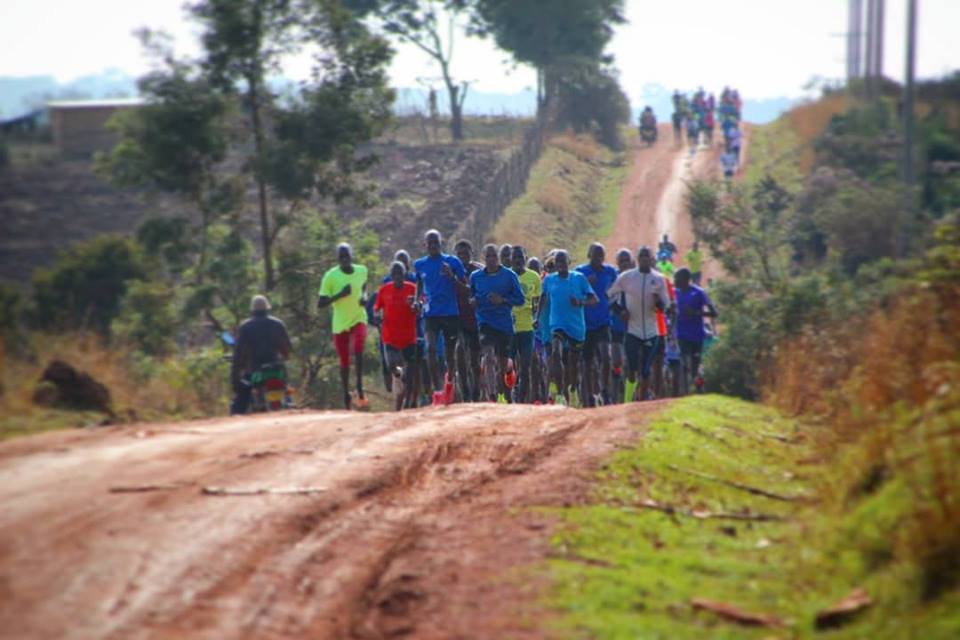
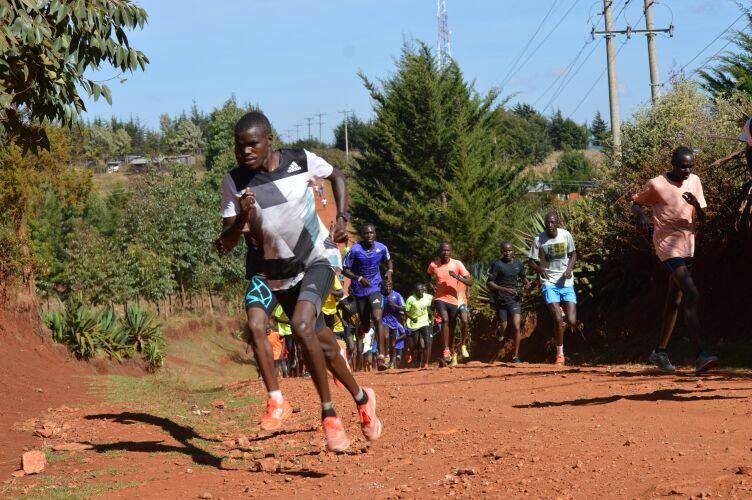
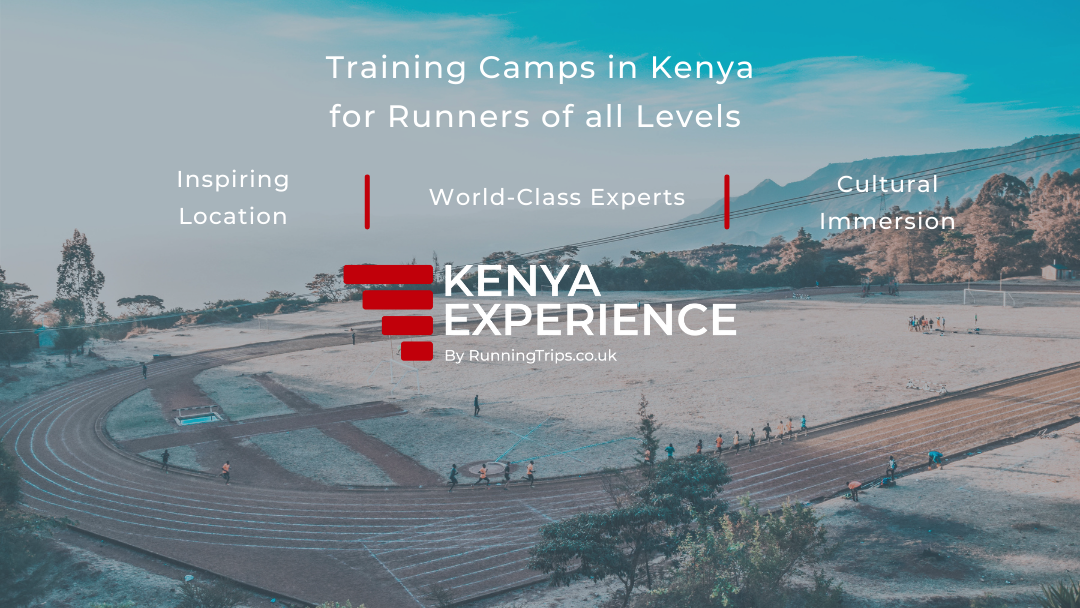
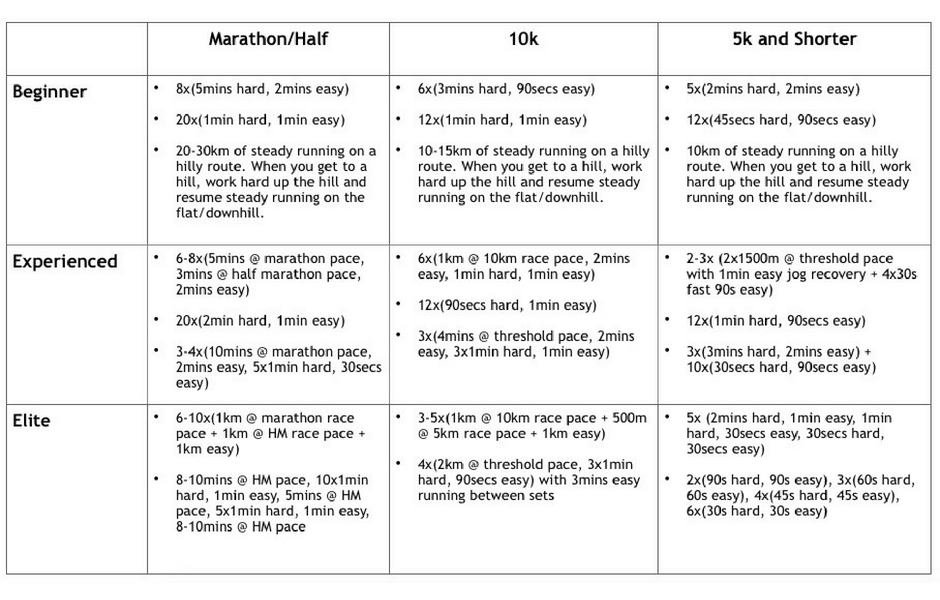

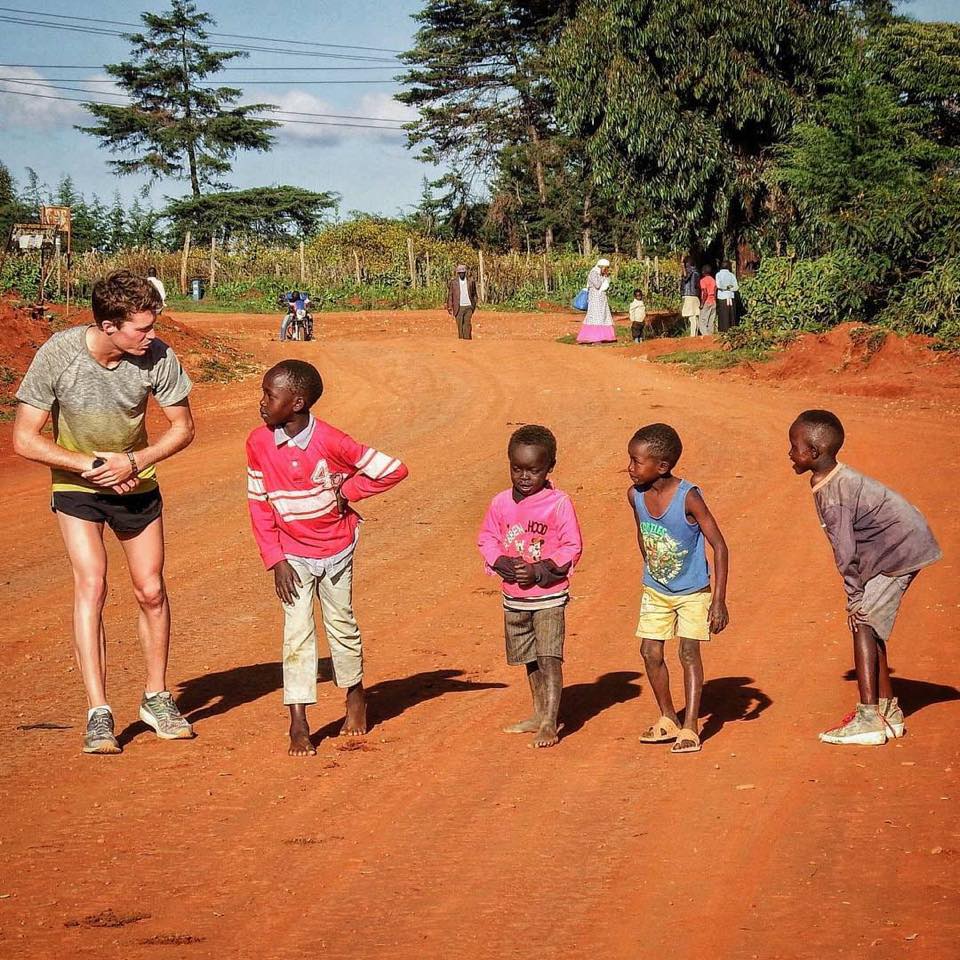
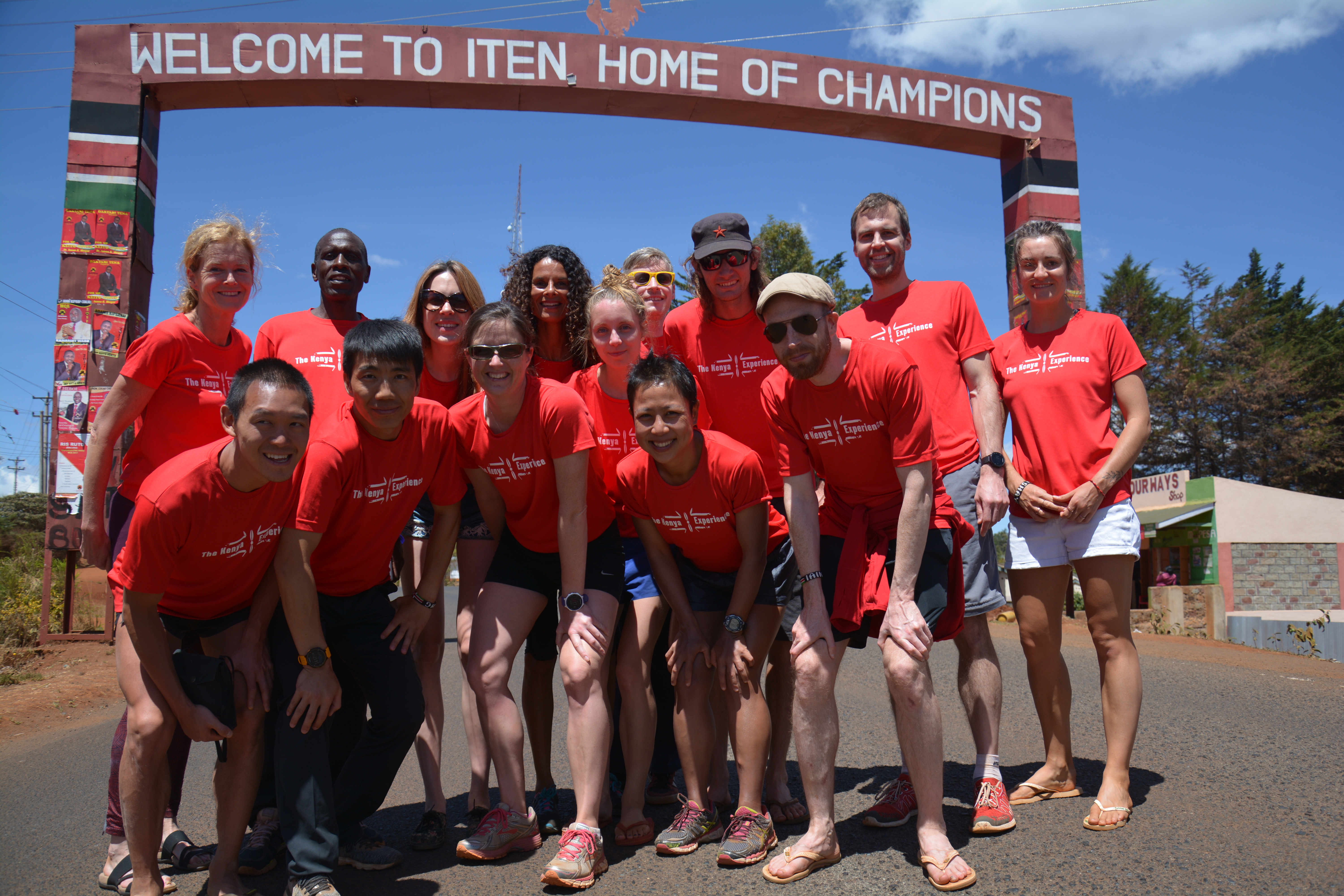
Recent Comments